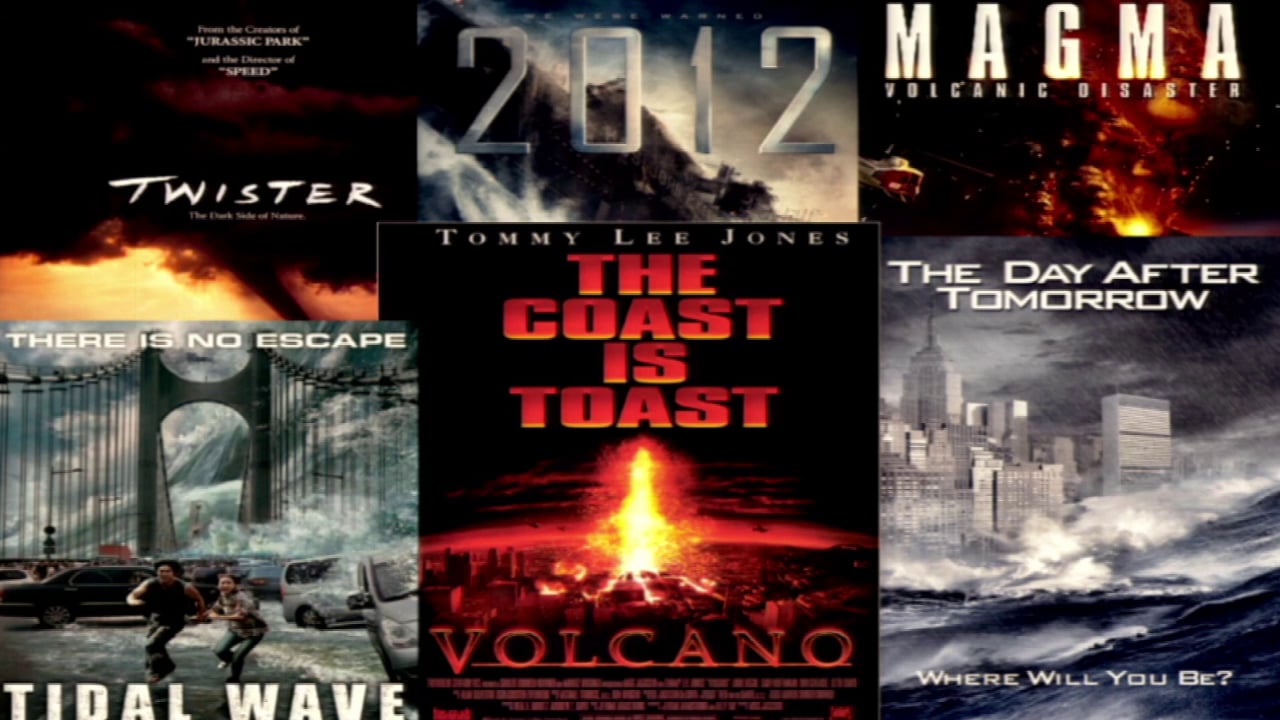Natural Disaster Mitigation – Scott B. Miles, Western Washington University
Text to Speech Voices
Natural Disaster Mitigation: Introductory Presentation
Scott B. Miles, Director, Resilience Institute, Western Washington University, scott.miles@wwu.edu, http://www.resilscience.com
As with any other field of research, the field of disaster research (aka, disaster studies) is filled with precisely defined and contested concepts – the establishment of epistemological precision through contestation being the goal of any robust research field. In this spirit, it is important to deconstruct natural disaster mitigation – title of this Kavli Futures Symposium session – because the dominant ontology of disaster research does not allow for it. The theoretical antecedents to this claim were set out in the 1994 book At Risk, which marked the beginning of the UN’s International Decade for Natural Disaster Reduction. Foundationally, the distinction was made between a natural hazard – a potentially damaging geological or hydro-meteorological event – and a disaster – a disruption of a community’s socio-technical functioning that exceeds their ability to cope, which is causally linked to their socially constructed pre-event vulnerability. As the title of a well-cited 2006 book puts bluntly, There is No Such Thing as a Natural Disaster. While the similarly sounding natural disaster mitigation is proven not to exist, natural hazard mitigation does exist – commonly defined as actions taken to reduce damage and loss from the occurrence of a natural hazard event. In fact, natural hazard mitigation is a key concept in three different disaster research frameworks: comprehensive emergency management, disaster risk reduction, and community disaster resilience – newest and most vibrant of the three. Broadly, the major research priority for natural hazard mitigation is to avoid the study and application of the concept in isolation— common since the 1980s – but, instead, contextually, as only one potential causal mechanism within any framework.
Background Review Article:
UNISDR Terminology on Disaster Risk Reduction (2009).
source








Gloss